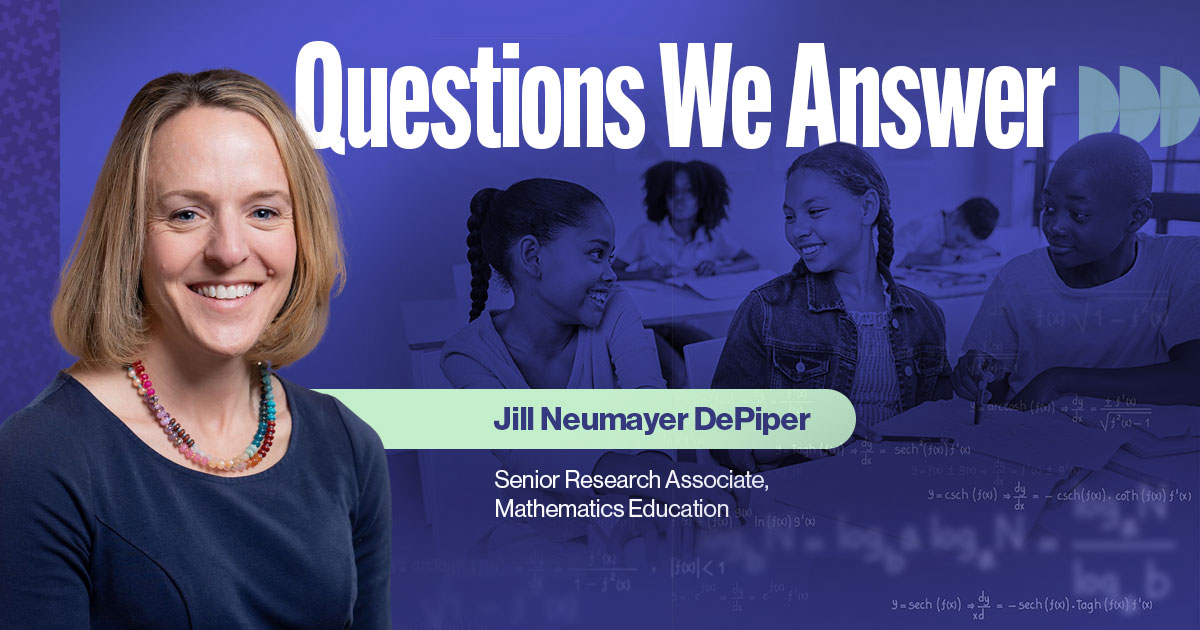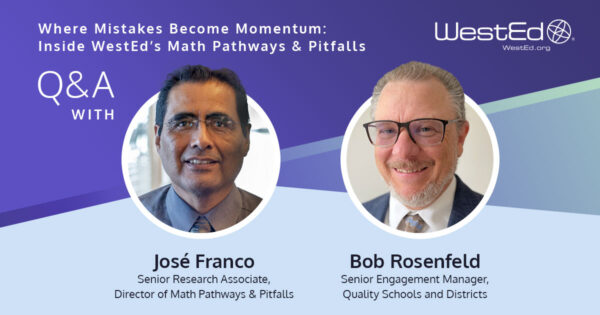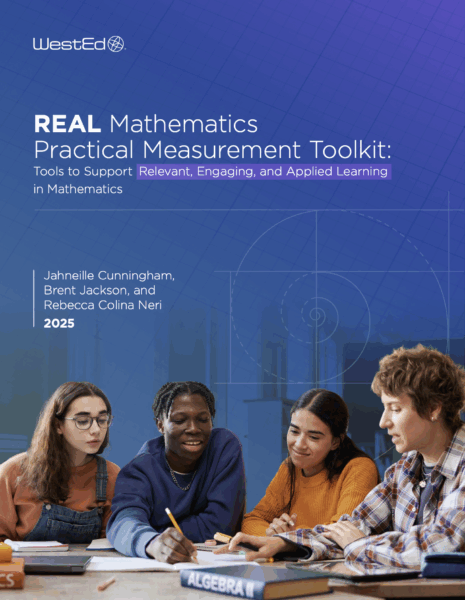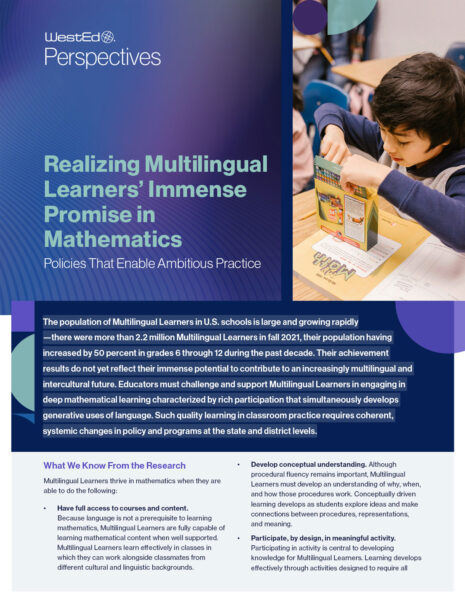
October 20, 2025
Welcome to our new blog series, Questions We Answer. In each post, WestEd mathematics education experts will address a common question related to mathematics education, providing educators and education leaders with actionable information and guidance.
We took this question to Dr. Jill Neumayer DePiper, an expert in mathematics education who leads large-scale research and evaluation studies to broaden access to high-quality instruction. Her response is as follows:
HQIM stands for high-quality instructional materials. These materials are designed to
- align with rigorous grade-level standards;
- address students’ conceptual understanding and procedural fluency; and
- provide instructional routines, detailed lesson plans, and other resources to support teachers.
To choose the best HQIM for your students, first assess student needs and current instructional practices, then evaluate the materials with others, and then dedicate time to support implementation.
Assess student needs: District leaders and educators should analyze the current state of student learning, including overall student achievement, achievement within subgroups, and subscores by content strand or mathematical practice. They should also observe and assess mathematics instruction to shed light on how teaching practices shape students’ opportunities to learn.
Evaluate and select: District leaders, in coordination with educators, can use their insights related to teacher practice and student achievement to define what they want to see in an HQIM to scaffold the types of classroom instructional interactions they think will most help learners. The best HQIM for your students and teachers depends on the alignment of the curriculum to your students’ specific needs, your math standards, your assessments, and your instructional context. Many districts utilize rubrics to assess curricula based on these areas and on other key factors, including accessibility, resource availability, and teacher training opportunities.
While selecting an HQIM and before implementing it, administrators and educators need to develop an understanding of the investment in professional learning needed to shift instructional practices.
Implement: Once the HQIM is selected, administrators and math instructional leaders should invest time supporting implementation and ensuring that teachers receive the professional development they need. Workshops, communities of practice, and continued coaching for all teachers and math instructional leaders can accelerate their collective learning. Administrators should also understand the HQIM themselves so they know what the intended instructional practices look like and can provide feedback to enhance teachers’ instructional practices. Reviewing student assessments and reflecting on instructional practice can foster continuous improvement.
How We Help
Whether you’re just starting or refining your adoption, our experts can help you analyze teacher and student data, evaluate materials, analyze implementation for continued improvement, and design professional learning pathways.
Read the second post in the Questions We Answer blog series, How Can Education Leaders Choose High-Quality Online Professional Learning for Math Teaching and Learning? and stay tuned as we continue to provide practical answers to the most pressing questions in mathematics education.











